Tips for Cheap Moisture Liners?
foreverlad
11 years ago
Related Stories
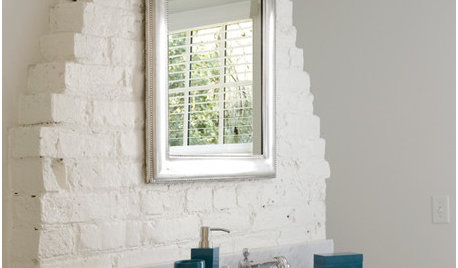
BATHROOM DESIGN15 Cheap and Easy Ways to Makeover Your Bathroom
Makeover Magic Can Happen When You Think Outside the Bathroom Box
Full Story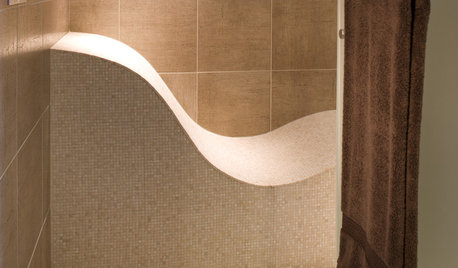
REMODELING GUIDESTop 10 Tips for Choosing Shower Tile
Slip resistance, curves and even the mineral content of your water all affect which tile is best for your shower
Full Story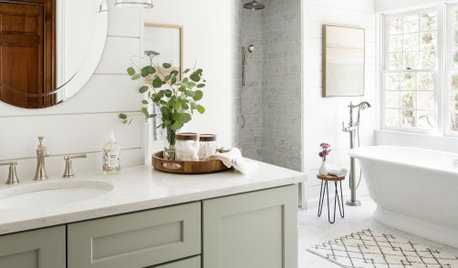
BATHROOM DESIGN14 Design Tips to Know Before Remodeling Your Bathroom
Learn a few tried and true design tricks to prevent headaches during your next bathroom project
Full Story
MOVINGRelocating Help: 8 Tips for a Happier Long-Distance Move
Trash bags, houseplants and a good cry all have their role when it comes to this major life change
Full Story
MOST POPULAR33 Magic Household Cleaning Tips
Houzzers from around the world share their tips for transforming housework into child’s play
Full Story
REMODELING GUIDESContractor Tips: Smooth Moves for Hardwood Floors
Dreaming of gorgeous, natural wood floors? Consider these professional pointers before you lay the first plank
Full Story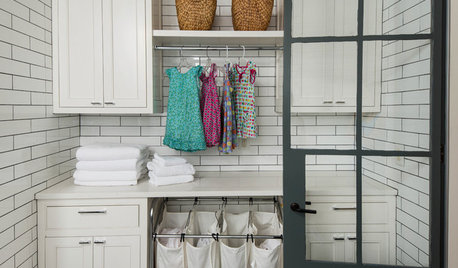
HOUSEKEEPING10 Tips to Streamline Laundry Day
Little adjustments to your attitude and routine can help take the wrinkles out of doing the wash
Full Story
FARM YOUR YARDHow to Grow Vegetables in Containers
Get glorious vegetables and fruits on your patio with a pro’s guidance — including his personal recipe for potting mix
Full Story
GARDENING GUIDESEssential Watering Tips for Your Edible Garden
To give your edible plants just what they need, check out these guidelines for how, when and how much to water
Full Story
REMODELING GUIDES10 Tips for Renovating Your Basement
A professional contractor shares her tips on what to consider before you commit to a basement remodel
Full StorySponsored
Leading Interior Designers in Columbus, Ohio & Ponte Vedra, Florida
More Discussions






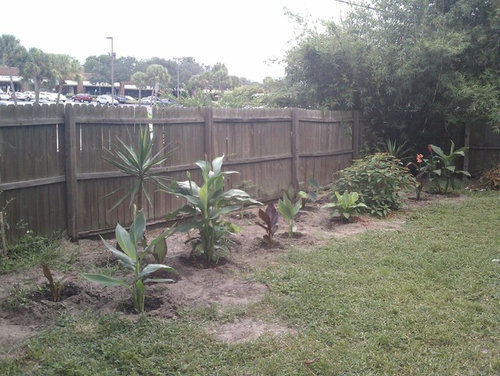

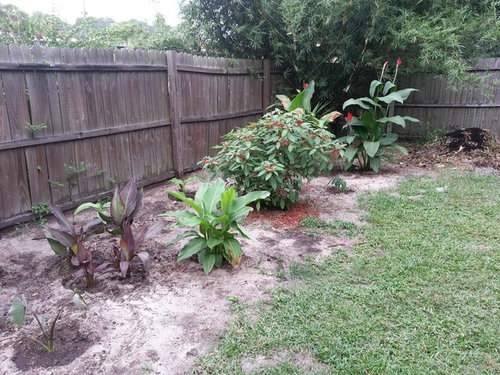


garyfla_gw
Michael AKA Leekle2ManE
Related Professionals
Canton Landscape Architects & Landscape Designers · Beavercreek Landscape Architects & Landscape Designers · Hershey Landscape Architects & Landscape Designers · Aurora Landscape Contractors · Fairview Landscape Contractors · Galt Landscape Contractors · Kaysville Landscape Contractors · Pleasant Grove Landscape Contractors · Westford Landscape Contractors · Ferguson Landscape Contractors · Prichard Decks, Patios & Outdoor Enclosures · Rosemont Siding & Exteriors · Kansas City Siding & Exteriors · Leesburg Siding & Exteriors · Massapequa Siding & ExteriorsforeverladOriginal Author
carolb_w_fl_coastal_9b
foreverladOriginal Author
rednofl
shuffles_gw
foreverladOriginal Author
RetiredFlorida
foreverladOriginal Author
foreverladOriginal Author
jane__ny
carolb_w_fl_coastal_9b
foreverladOriginal Author
carolb_w_fl_coastal_9b
foreverladOriginal Author